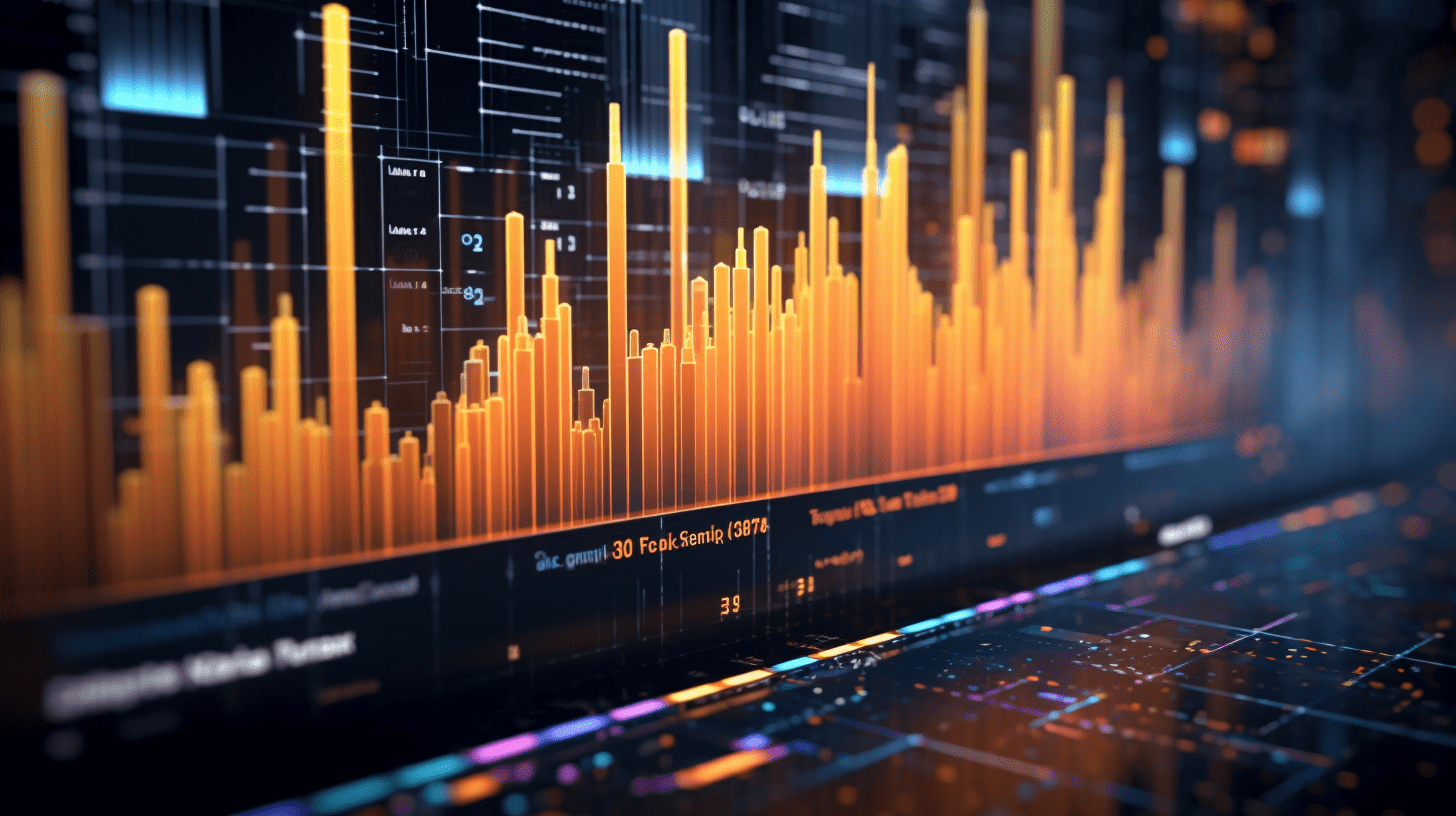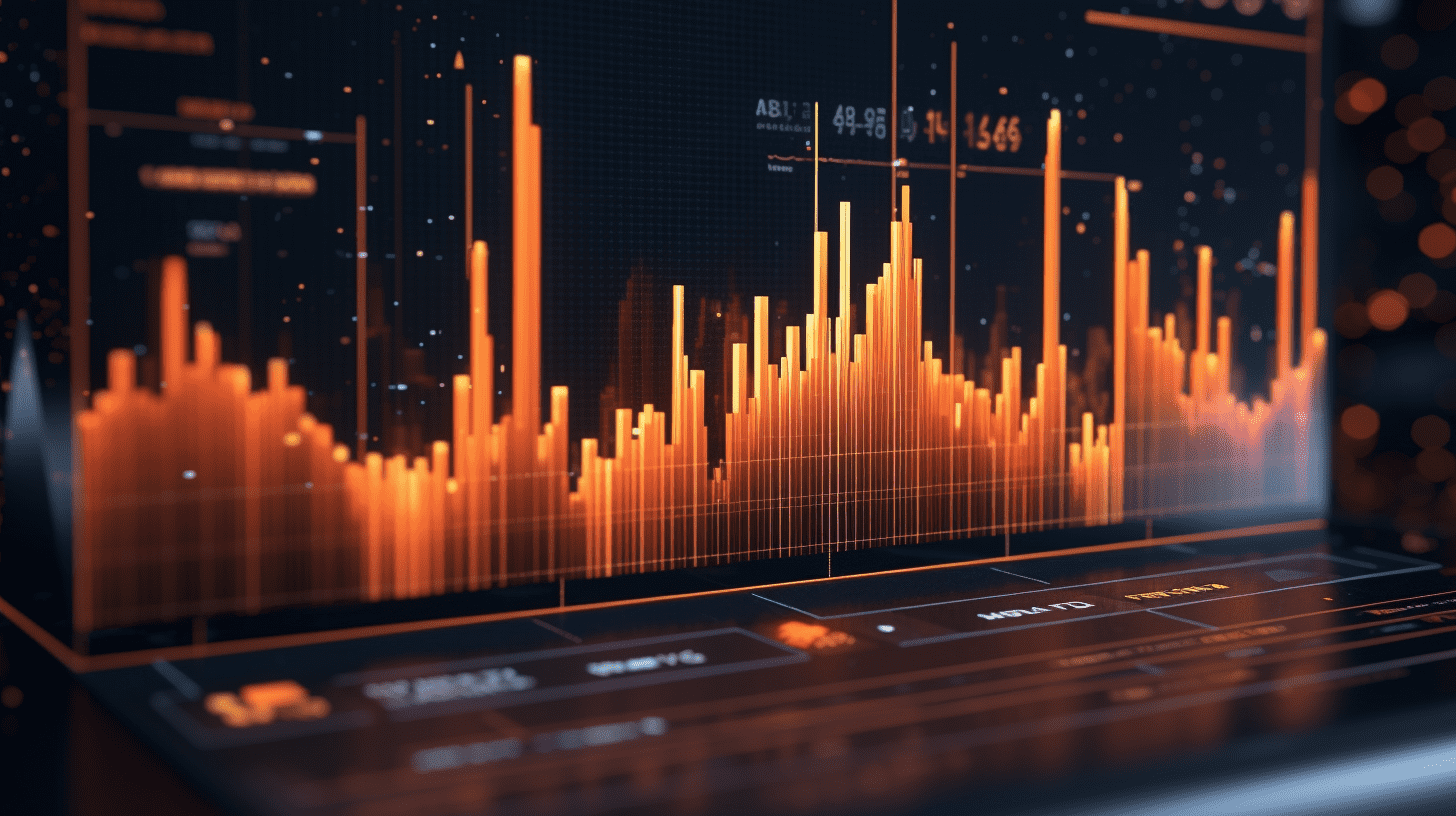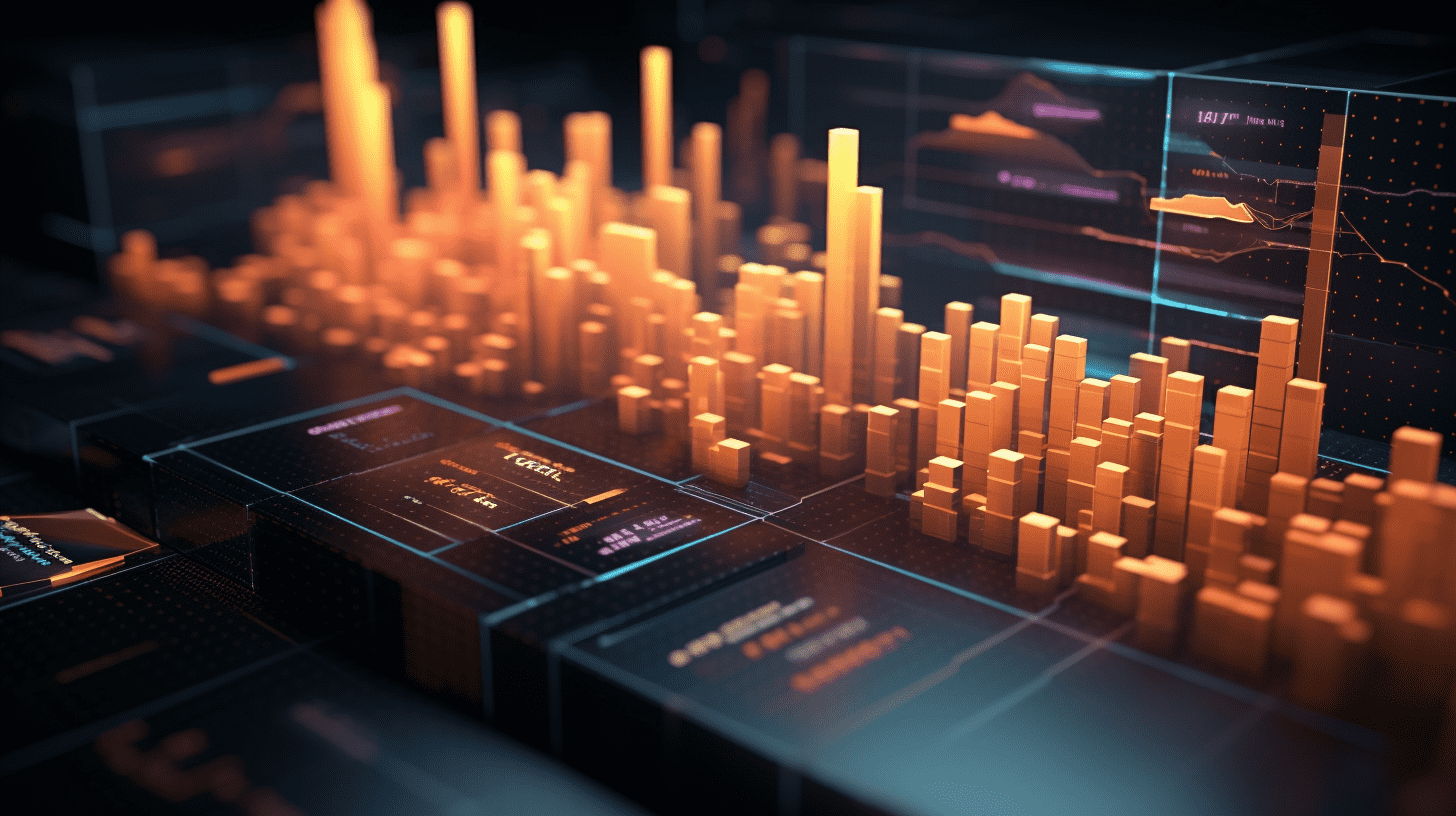The Federal Reserve favors inflation indicators rising, while consumer spending remains stagnant.
The core inflation index favored by the Federal Reserve accelerated to a high for the year in June, while consumer spending during the same period was nearly flat, leading to increased disagreements among policymakers on the interest rate path.
The core inflation index favored by the Federal Reserve accelerated to a year-high in June, while consumer spending during the same period remained nearly flat, leading to a contradictory situation that has intensified disagreements among policymakers on the interest rate path.
Data from the U.S. Bureau of Economic Analysis on Thursday showed that the core Personal Consumption Expenditures (PCE) price index, excluding food and energy prices, rose 0.3% month-on-month, with a year-on-year increase of 2.8%, expanding from June 2024, highlighting limited progress in inflation easing over the past year. The data also showed that consumer spending, adjusted for inflation, only saw a slight increase last month following a decline in May.
These economic data reflect a tug-of-war situation in the economic sphere: on one hand, the cooling process of inflation has stalled, and central bank officials are concerned that Trump's tariff policy (part of which has been passed on to consumers) may further push up prices; on the other hand, a contraction in consumer spending resulting from a weak labor market may lead to a more widespread economic slowdown. This contradiction has led to differences among Federal Reserve officials in their monetary policy stance.
In its fifth consecutive meeting on Wednesday, the Federal Reserve maintained interest rates, but two members dissented in favor of a 25 basis point rate cut. Chairman Powell staunchly defended the current policy position, emphasizing that a strong labor market and risks of rising inflation support a temporary hold on interest rate adjustments.
Following the release of the data, stock index futures continued to rise, bond yields continued to decline, and the U.S. dollar exchange rate remained stable.
These data indicate that consumer spending has shown its weakest growth since the pandemic began for several consecutive quarters. The increase in spending in June was mainly driven by a rebound in non-durable goods consumption, while durable goods purchases have declined for three consecutive months (the longest continuous decline since 2021), and service spending has been weak, indicating sluggish discretionary spending.
The root cause of weak consumer spending lies in the cooling labor market. Disposable income, adjusted for inflation, remained stagnant after declining in May, and wage growth is nearly stagnant. Market expectations are currently that the July employment report, to be released on Friday, will show a continued slowdown in hiring and a slight increase in the unemployment rate, with the savings rate remaining stable at 4.5%.
According to the data, initial jobless claims were essentially unchanged last week, and labor costs rose by 3.6% year-on-year, remaining at their lowest level since 2021, which has convinced Federal Reserve officials that the labor market is not exerting inflationary pressure.
Inflation breakdown data shows that the rise in prices in June was mainly driven by household goods, sporting equipment, and clothing, reflecting that part of the cost of import tariffs is being passed on to consumers. Last month's CPI data also showed significant price increases for common imported goods such as toys and appliances.
The key services sector inflation index, excluding energy and housing, rose by 0.2% for the second consecutive month.
Given that the quarterly data from the CPI, PPI, and GDP reports on Wednesday have been taken into account, this PCE inflation data is largely in line with expectations. However, economists warn that looking ahead, as Trump is planning to announce a new round of tariff plans on Friday, and with the stock market maintaining the key components of the PCE at high levels, there may be greater upward pressure on inflation in the future.
Related Articles

OPEC+ principle agrees: substantial increase in production again in September.

Just now, massive impairment, Buffett's "one of the biggest investment failures", but the stock god is still the stock god.

How to deal with a weak dollar: is it to sell dollar assets, or hedge against the dollar exchange rate?
OPEC+ principle agrees: substantial increase in production again in September.

Just now, massive impairment, Buffett's "one of the biggest investment failures", but the stock god is still the stock god.

How to deal with a weak dollar: is it to sell dollar assets, or hedge against the dollar exchange rate?

RECOMMEND

Cyberspace Authority Summons NVIDIA Over H20 Chip Security Vulnerabilities
01/08/2025

Trump Confirms Reciprocal Tariff Framework as Deadline Approaches: Canada’s Rate Raised to 35%, Others Ranging from 10% to 41%
01/08/2025

Hong Kong Opens Stablecoin Licensing Window as Note-Issuing Banks Poised to Lead the Charge
01/08/2025


